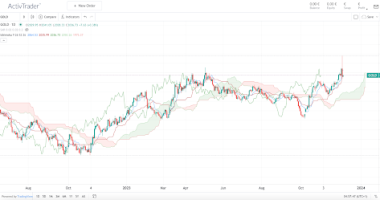Dollar traders are in for a busy week as markets are set to price in an FOMC statement, NFP release, AND the highly awaited U.S. election results.
Still trading the Greenback?
Here are points you need to know about this week’s potential catalysts:
U.S. election results
- On November 3, millions of U.S. voters will cast their ballots to elect their next leaders including the next U.S. President
- The best case scenario for risk appetite is if we see uncontested results that would ensure a peaceful continuation or transfer of power
- On the flip side, uncertainty over the future of U.S. leadership could send traders to the yen, franc, euro, or even the safe-haven dollar
- Results that would lead to government gridlocks would also be bad for the markets that looking at the future of trade negotiations, the next stimulus package, or a coronavirus game plan
FOMC statement (Nov 5, 7:00 pm GMT)
- Fed Governor Powell and his gang aren’t likely to make any new policy changes after sharing their “lower for longer” interest rate plans
- Instead, Fed members could turn their focus to expanding their stimulus program to include longer-term debt
- FOMC members will also likely make fresh calls for more fiscal stimulus
- How much attention the event gets depends on the results of the U.S. elections on November 3. The Fed event could take a backseat to the elections if markets have enough drama to price in
NFP-related reports
- The economy added a net of 661K jobs in September, much lower than the 800K+ that markets were expecting
- Unemployment also dipped from 8.4% to 7.9%
- The disappointing report was drowned by the news that the POTUS had tested positive for COVID-19
- Analysts see the economy adding a net of 510K jobs in October
- The unemployment rate could further dip to 7.7% for the month
- Average hourly earnings is seen maintaining its 0.1% growth
- As in the FOMC event, labor-related news could be pushed to the side depending on the U.S. elections results
Technical snapshot
- The dollar has gained value against ALL of its major counterparts in the last seven days
- It gained the most ground against the Aussie, euro, pound, and the Loonie

- EMAs short the short-term demand for the dollar
- USD remains under the 200 EMA against its major counterparts
- Watch out for potential dollar rallies in case the Greenback starts to trade above the 200 EMAs

- The dollar was most volatile against the comdolls and the pound in the last seven days









